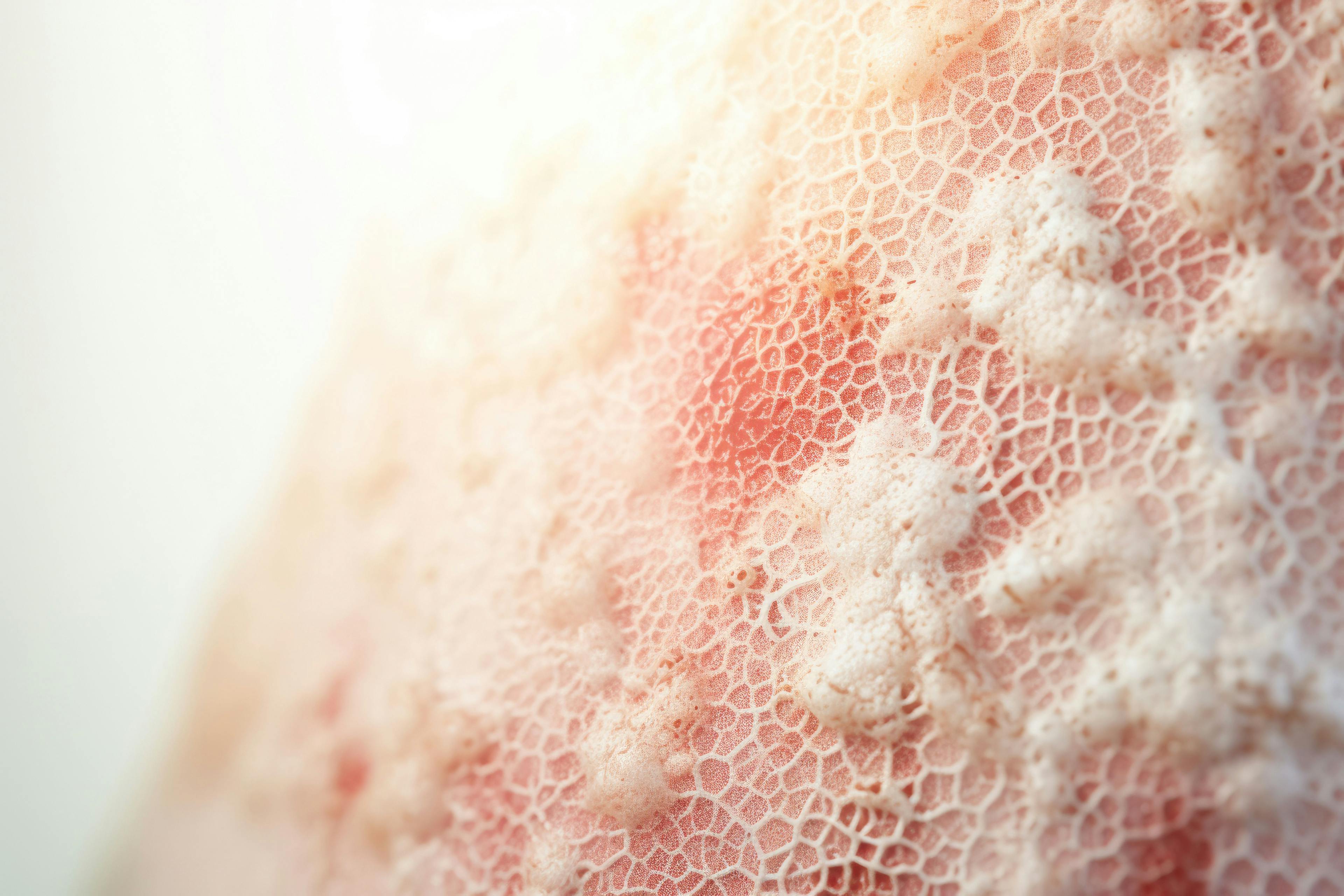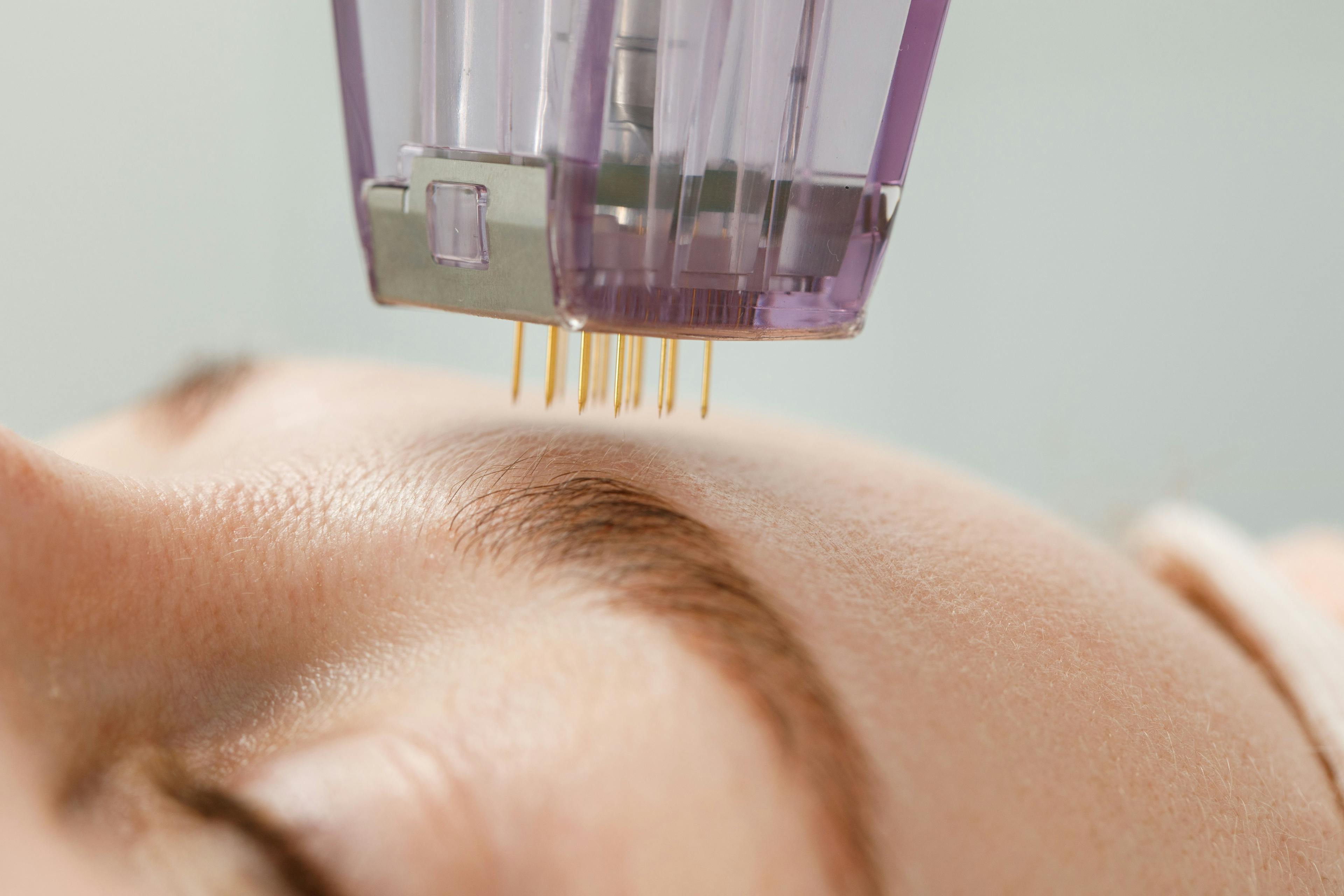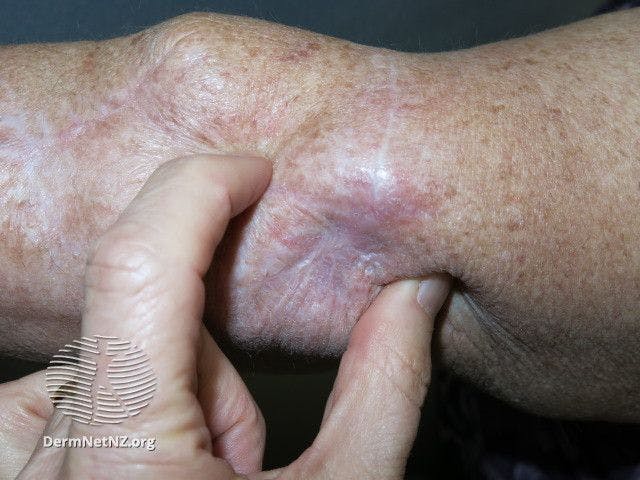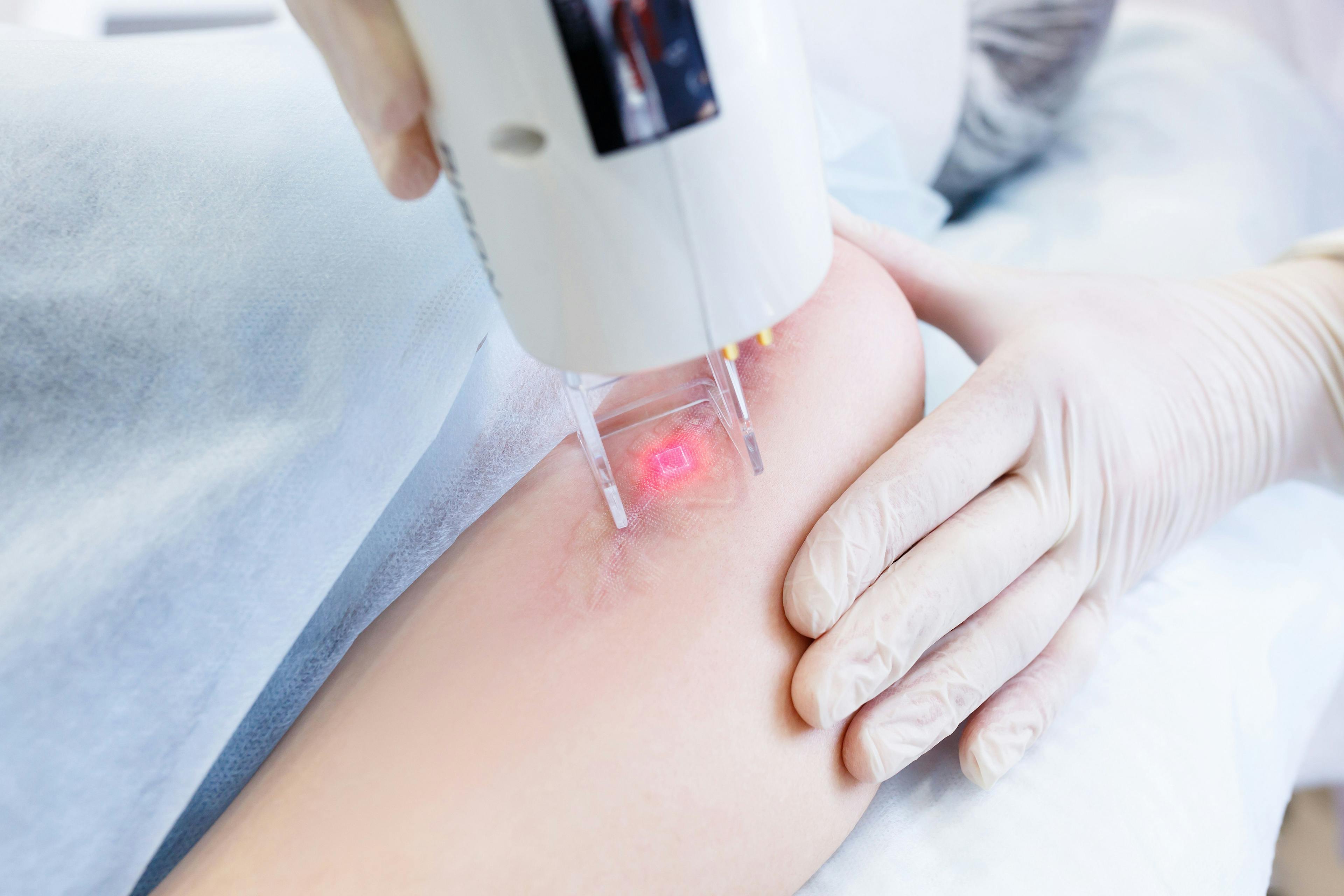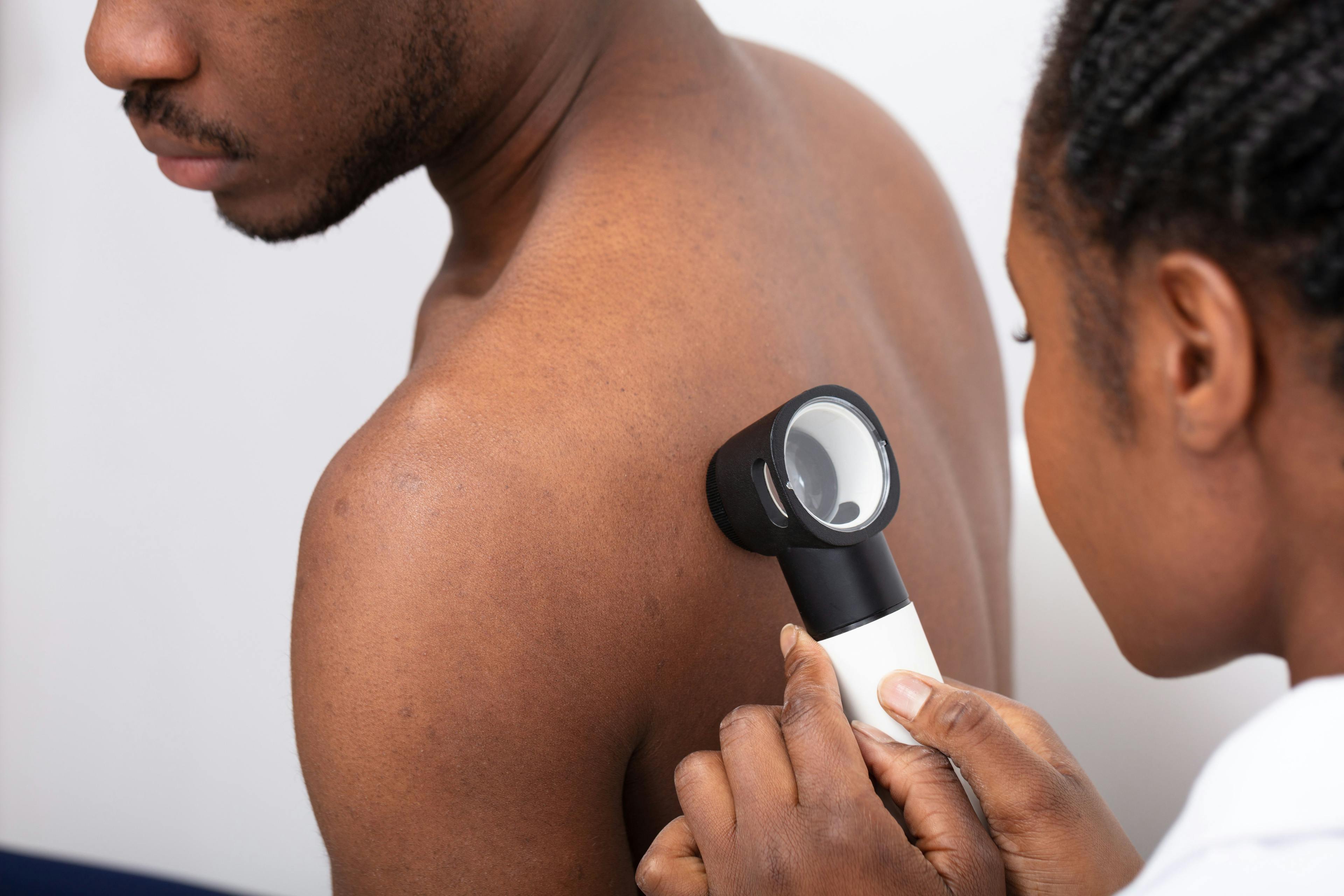- Acne
- Actinic Keratosis
- Aesthetics
- Alopecia
- Atopic Dermatitis
- Buy-and-Bill
- COVID-19
- Case-Based Roundtable
- Chronic Hand Eczema
- Chronic Spontaneous Urticaria
- Drug Watch
- Eczema
- General Dermatology
- Hidradenitis Suppurativa
- Melasma
- NP and PA
- Pediatric Dermatology
- Pigmentary Disorders
- Practice Management
- Precision Medicine and Biologics
- Prurigo Nodularis
- Psoriasis
- Psoriatic Arthritis
- Rare Disease
- Rosacea
- Skin Cancer
- Vitiligo
- Wound Care
News
Article
Dermatology Times
Data-Driven Advice for Health Care Workers Experiencing Contact Dermatitis
Author(s):
Matthew Zirwas, MD, addressed solutions to the toll consistent handwashing, sanitizing, and wearing gloves can take on hands.
There is no definitive way to distinguish between dyshidrosis, allergic contact dermatitis (ACD), and irritant contact dermatitis (ICD) of the hands in health care workers. Matthew Zirwas, MD, leads research at Bexley Dermatology Research in Bexley, Ohio and has found a calling in generating tangible data and treatment solutions in contact dermatitis, pruitis, atopic dermatitis, and seborrheic dermatitis. He presented strategies to distinguish and treat the type of contact dermatitis on the hands of health care workers during the session “Contact Dermatitis Vs. Something Else” at Maui Derm NP+PA Fall 2023 in Asheville, North Carolina from September 27-30.1
Matthew Zirwas, MD

Spotting Key Differences
“Patch testing is uncomfortable, inconvenient for the patient, and expensive if they have a high deductible plan, so I avoid it if I can,” Zirwas said. He explained that there are a few other telltale signs to diagnose either dyshidrosis, ACD, or ICD. Dyshidrosis tends to be strictly limited to the palms. Compared to ACD, ICD of the hands tends to be described by patients as less itchy and more dry/irritated/painful, more likely to spare the palms, less discreet, more seasonal, less severe, more variable, more responsive to symptomatic therapy, and more difficult to cure.
Research Conducted in the Height of the Pandemic
The COVID-19 pandemic presented an opportunity to gather data on the impact of hospital-mandated gloves, types of soap, and types of hand sanitizer on the skin. One study assessed hand hygiene strategies on skin barrier function. Health care workers (n=60) were randomized at the start of a shift to sanitize their hands with water and soap, alcohol-based hand sanitizers, or disinfectant wipes over the span of 8 hours. Investigators found that skin barrier function was worsened by soap and water, not the sanitizer or wipes. Alcohol-based hand rub was better at reducing bacteria counts.2
Overall, studies conducted during the pandemic to examine how hygiene and PPE affects skin on the hands concluded that the most damage was done with soap, water, and occlusive gloves. So what is the solution since health care workers are required to sanitize with hospital-grade soap, sanitizer, and PPE?
Hand Hygiene Pearls
Zirwas says the key to hand washing and keeping the skin barrier in tact is washing with cold water and rinsing well before putting on gloves. “It’s kind of like getting butter on your hands or on a plate and it melts away with hot water, as opposed to cold where you still have residue. The skin barrier gets ‘melted’ with hot water, which is why I suggest cold,” he shared.
A paraffin wax bath for hands can lock in moisture for patients if used 1-2 times a week. Volodymyr Herasymov/Adobe Stock
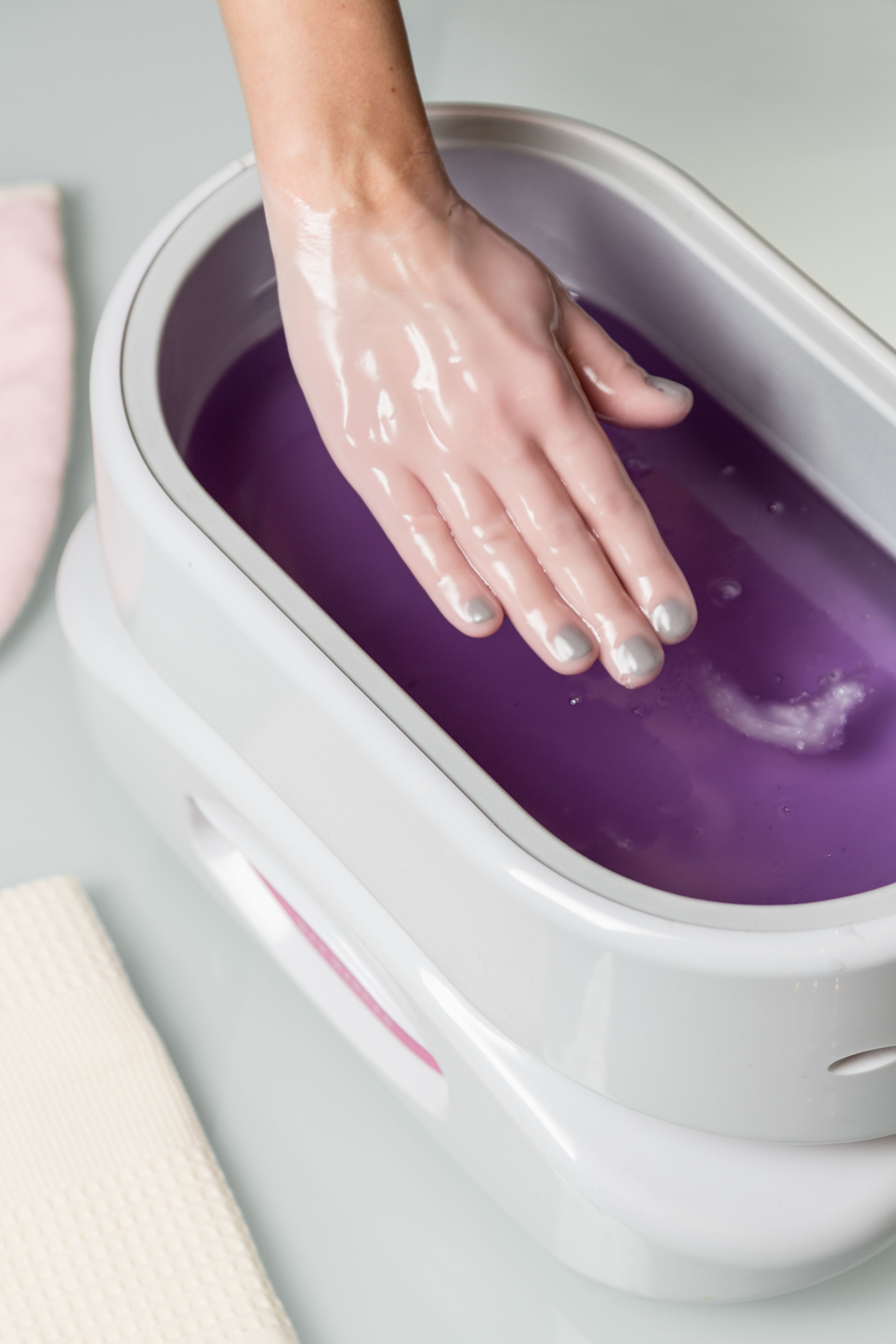
When a patient presents to Zirwas with irritated hands and they are health care workers, he encourages them to switch to benzalkonium chloride-based hand sanitizer instead of washing their hands or using alcohol. Research has proven benzalkonium chloride-based hand sanitizer disinfects against COVID3, and it can be easily found and purchased online.
Zirwas also recommends propylene glycol free clobetasol cream up to 4 days per week with EpiCeram Cream twice daily, which can be found at any pharmacy. If extra moisture is needed or desired, paraffin wax hand baths have been proven to benefit in the management of chronic hand eczema.The layers of paraffin wax seals in moisture by creating a physical barrier on the skin to prevent water loss.4
References
1. Chovatiya R, Zirwas M. Contact dermatitis vs. "something else". Presented at Maui Derm NP+PA Fall 2023; September 27-30, 2023; Asheville, NC.
2. Montero-Vilchez T, Martinez-Lopez A, Cuenca-Barrales C, et al. Assessment of hand hygiene strategies on skin barrier function during COVID-19 pandemic: A randomized clinical trial. Contact Dermatitis. 2022;86(4):276-285. doi:10.1111/cod.14034
3. Karamov EV, Larichev VF, Kornilaeva GV, et al. Cationic surfactants as disinfectants against SARS-CoV-2. Int J Mol Sci. 2022;23(12):6645. Published 2022 Jun 14. doi:10.3390/ijms23126645
4. Waked IS, Ibrahim ZM. Beneficial effects of paraffin bath therapy as additional treatment of chronic hand eczema: A randomized, single-blind, active-controlled, parallel-group study. J Altern Complement Med. 2020;26(12):1144-1150. doi:10.1089/acm.2020.0356

Newsletter
Like what you’re reading? Subscribe to Dermatology Times for weekly updates on therapies, innovations, and real-world practice tips.








